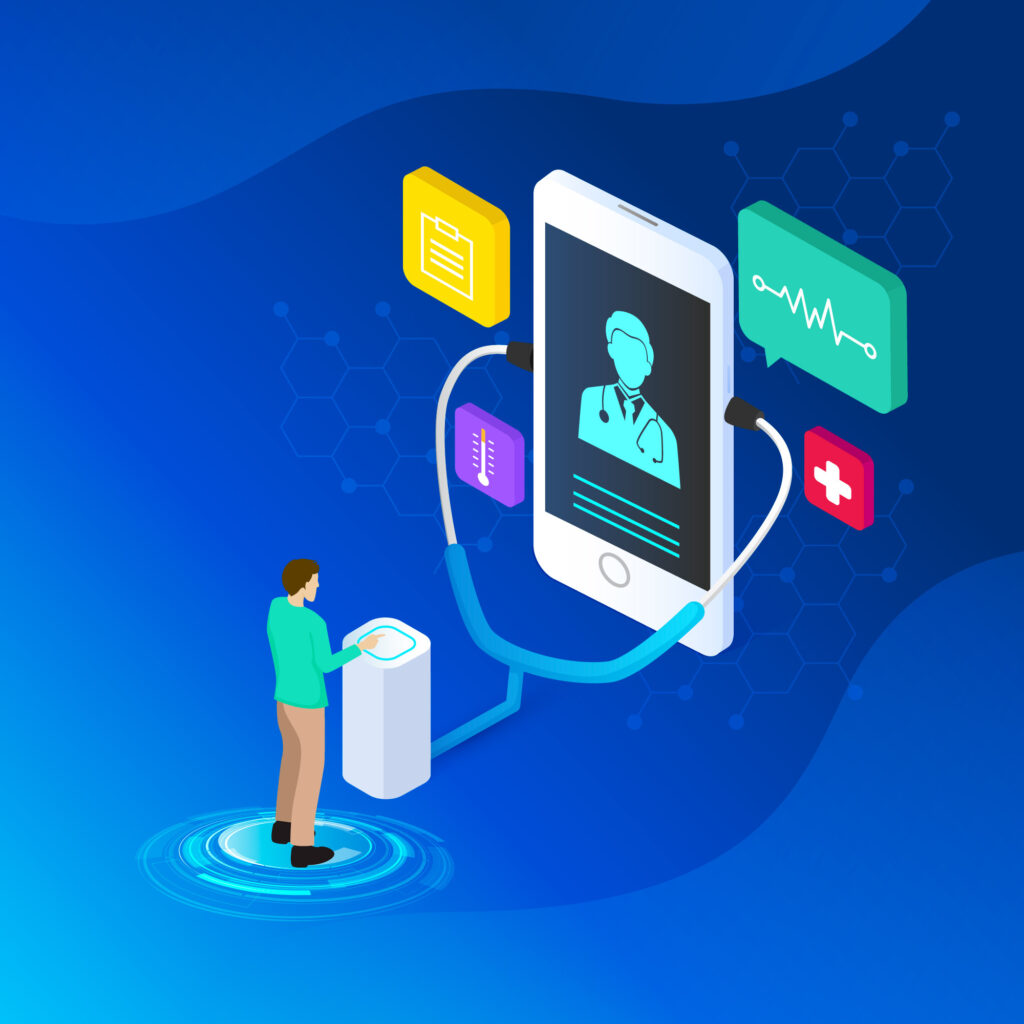Educating Patients on Patient Portals and Health Apps: A Step-by-Step Guide

The rapid digital transformation of the healthcare system has revolutionized i.e. how medical services are delivered and consumed. From online appointment scheduling to real-time access to medical histories, technology allows both providers and patients in unprecedented ways. At the heart of this evolution are patient portals and mobile health applications—tools that put important health information directly into the hands of patients. Patient portals serve as secure digital ways where individuals can access their medical records, lab results, prescriptions and communicate with healthcare providers. Mobile health apps extend this functionality by enabling users to track vitals, set medication reminders, and monitor chronic conditions on the go. Despite their growing availability, the effective use of these tools depends largely on how well patients understand and engage with them. That’s why education of patient portals plays a very important role. Empowering patients to navigate these platforms confidently leads to better communication, improved treatment and more informed decision-making. Moreover, it improves the overall efficiency of the electronic health record systems and ensures smooth health information management. In this guide, we’ll explore a step-by-step approach to educating patients on using digital health tools, featuring Roojh—a modern, intuitive hospital management software built to simplify patient engagement and make digital healthcare more accessible to everyone. Why is Educating Patients Essential? As the healthcare system increasingly adopts digital tools, one challenge occurs in how patients know how to use digital health tools. Despite the availability of patient portals and mobile health apps, many patients struggle with accessing and navigating these platforms due to barriers like limited technological literacy, fear of data misuse, language limitations, and lack of reliable internet access, especially in rural areas. According to a 2023 survey by the Office of the National Coordinator for Health Information Technology (ONC), nearly 40% of patients reported feeling overwhelmed or confused when using online health systems for the first time. For elderly populations, this number increases significantly due to unfamiliarity with digital interfaces. This digital divide directly affects patient engagement in turn to health outcomes. When patients lack the confidence or knowledge how to use health technologies, they miss critical updates, delay medication adherence or skip follow-ups, all can affect recovery or chronic disease management. Educating patients addresses these gaps by promoting digital literacy and enhancing overall trust in the healthcare system. It transforms passive patients into active participants in their care journey, leading to improved communication, greater transparency and better management of personal health information. From a provider’s perspective, this also supports more efficient health information management. When patients know how to update their records, track their symptoms, or share relevant data through portals and apps, it reduces the administrative burden on clinics and ensures a more accurate and holistic view of the patient’s health history. In practical, solutions like Roojh offer user-friendly interfaces and step-by-step guidance that make the adoption of these digital tools easier. Hospitals using Roojh have seen a measurable increase in patient satisfaction and participation, simply by investing in basic onboarding and tech education during appointments. By closing the knowledge gap, patient education becomes the foundation of truly connected and patient centered digital care. Step-by-Step Patient Education Framework Step 1: Awareness and Introduction The first step in patient education is simply making them aware that these tools exist and can make their lives easier. Most patients still rely on traditional methods like calling the clinic or visiting in person to check appointments or access test results. That’s why creating awareness through multiple channels is essential. Hospitals and clinics using Roojh can leverage flyers at reception desks, SMS notifications post-appointment, and direct physician recommendations during consultations to introduce the benefits of patient portals and mobile health apps. This multichannel approach ensures patients are informed in a way that’s accessible to them. Highlighting features like 24/7 access to records, reduced paperwork, and faster communication can help patients understand the immediate benefits of using Roojh. Visual branding, such as posters with QR codes leading to the app download, can boost engagement at clinics. By positioning Roojh not just as a patient management software but as a personal health assistant, healthcare providers can build curiosity and motivate patients to take the next step. Step 2: Easy Onboarding and Registration Once awareness is created, the next important step is onboarding. The sign-up process should be simple, secure, and stress-free. Roojh streamlines this experience with one-click sign-ups and OTP-based logins, removing the common friction points that discourage new users. At the clinic level, front-desk staff or health navigators can guide patients through their first login. Hospitals can set up digital kiosks or assign tech-savvy staff to assist with app downloads and profile creation, ensuring no patient is left behind. Roojh’s intuitive design is built for inclusivity, offering an interface that doesn’t require tech expertise. Clean layouts, simple menus, and easy to understand icons make navigation more easy. Smooth onboarding sets the tone for a positive digital experience and reduces drop-off rates. When patients feel confident using Roojh from the start, they’re more likely to use it regularly to manage appointments, lab results, and prescriptions which are the key components of any good patient management software. Step 3: Hands-On Training Training patients to use health portals effectively ensures they fully understand the app’s capabilities and can maximize its use. Roojh encourages hands-on learning through a combination of group classes and visual learning tools. Hospitals can organize small workshops in waiting areas, where trained staff demonstrate how to book appointments, check lab reports, and request medication refills using the app. Additionally, personalized sessions can be offered to patients needing extra help, such as elderly users or those with limited tech experience. Instructional videos and printed booklets available in clinics help reinforce learning after the session. Roojh also supports touchscreen kiosks, allowing patients to interact with a demo version before committing to the full platform. Step 4: Demonstrate Key Features Understanding what the app can do is important. Patients are more likely to stay engaged when they see the value of the




